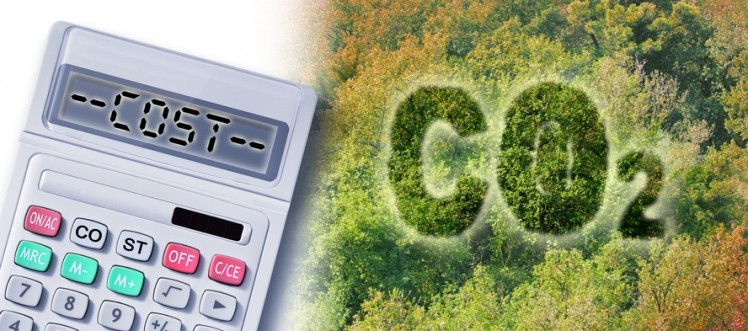Compounders can now estimate carbon footprint from use of former foodstuffs in feed

The data on the environmental impact of former food products is extremely encouraging, said John Knight, technical and compliance director, SugaRich, and chair of UKFFPA.
UKFFPA members handle and process more than 650,000 tons of former foodstuffs per year.
Over the past year, that association and its Dutch counterpart, VIDO, submitted data to Blonk consultancy group, which is based in the Netherlands, to compile a carbon footprint score for each of the four products handled across both associations.
The results, expressed in CO₂ equivalent units per Kg product, of the UK products tested, are as follows:
A carbon dioxide equivalent or CO2 equivalent, abbreviated as CO2-eq is a metric measure used to compare the emissions from various greenhouse gases (GHG) on the basis of their global-warming potential (GWP), by converting amounts of other gases to the equivalent amount of carbon dioxide with the same global warming potential.
Wider EU data
VIDO has generated separate data for the former food products manufactured by its members. It is expected the German association, BFaN, will do the same, with its data set likely available in the first half of 2022. Other European processors’ data should be published thereafter, said Knight.
The data for the former foodstuffs sector will be incorporated into the Global Feed LCA Institute (GFLI) database - that will be enormously important in enabling both feed compounders and livestock farmers to calculate the environmental impacts of their feeds, noted David Moss, technical manager at AIC Services and UKFFPA secretariat.
The data project will also help address the circular economy goals set out in the AIC’s Roadmap for a Sustainable Food Chain. The target was to secure a further 10% increase in resource recovery volumes by 2030, a goal that UKFFPA members are confident they can achieve, added Moss.
Reducing food waste
In terms of the prompt for defining carbon data of former foodstuffs for use in feed, Knight told FeedNavigator that, in addition to providing data for customers in the feed chain, it was also important that the association could demonstrate to the food factories, food distributors and retailers the economic and environmental value of reducing food waste.
“UKFFPA also undertook this project because it shows that by capturing the valuable nutrients present in foods that are no longer suitable for human consumption, but are safe to feed to livestock, former foods producers are clearly at the heart of the circular economy.”
Data verification
Explaining how the data was generated and validated, Knight said Blonk Consultants helped VIDO and UKFFPA design a data collection excel spreadsheet, with separate data collection sheets for each product category sent to both associations' members for completion.
All the data was collected from UKFFPA members in March this year, with Blonk Consultants then processing it using a SimaPro model. That organization provided some initial results back to the UKFFPA members in April 21.
The final step in the process was the evaluation of the data collection methodology and resulting environmental impact data by an external reviewer, a proven LCA expert. “Both the UKFFPA and VIDO data was verified by a consultant from SGS,” reported Knight.
The review started in early September. “All data input files were closely examined and the conclusion with reference to the final results was that the dossier was transparent and compiled according to good LCA practice. All requirements had been met,” he added.









